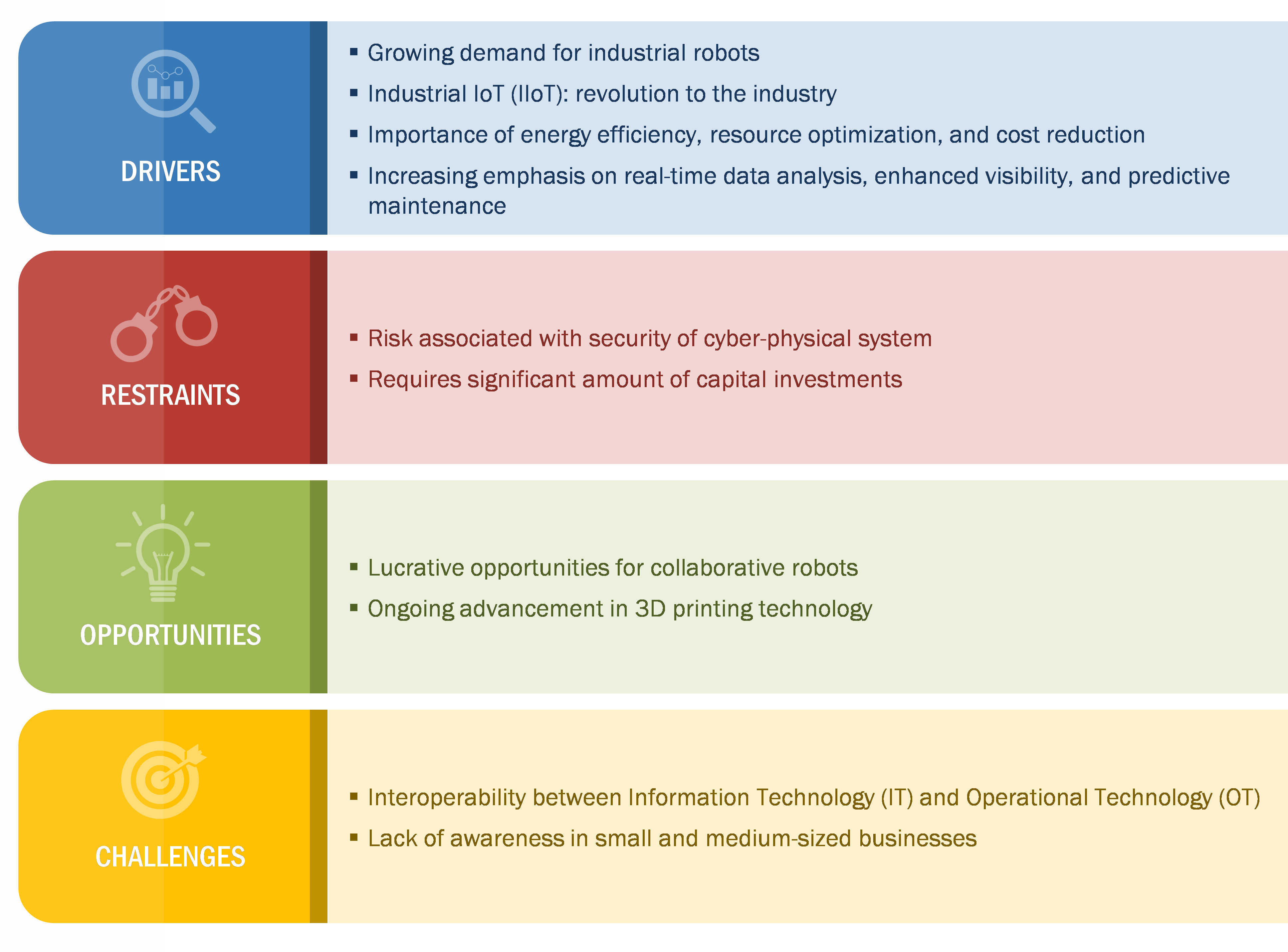Smart Factory Solutions Quadrant Report
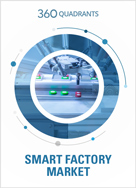
Table of Contents
1 Introduction
1.1 Definition
2 Market Overview
2.1 Introduction
2.2 Market Dynamics
Figure 1 DROC: Smart Factory Market
2.2.1 Drivers
2.2.1.1 Growing Demand for Industrial Robots
2.2.1.2 Industrial IoT (IIoT): Revolution to the Industry
Figure 2 IoT Transforming the Smart Factory Ecosystem
2.2.1.3 Importance of Energy Efficiency, Resource Optimization, and Cost Reduction
Figure 3 Industrial Annual Energy Cost Saving
2.2.1.4 Increasing Emphasis on Real-Time Data Analysis, Enhanced Visibility, and Predictive Maintenance
2.2.2 Restraints
2.2.2.1 Risk Associated With Security of Cyber-Physical System
2.2.2.2 Requirement of A Significant Amount of Capital Investments
2.2.3 Opportunities
2.2.3.1 Lucrative Opportunities for Collaborative Robots
Figure 4 Revenue Performance of Universal Robots
2.2.3.2 Ongoing Advancements in 3D Printing Technology
2.2.4 Challenges
2.2.4.1 Interoperability Between Information Technology (IT) and Operational Technology (OT)
2.2.4.2 Lack of Awareness in Small and Medium-Sized Businesses
2.3 Enabling Technologies of Smart Factory Ecosystem
Figure 5 Key Enablers in Smart Factory Ecosystem
2.3.1 Artificial Intelligence
2.3.1.1 Importance of AI in Smart Factory
2.3.2 Augmented Reality (AR)
2.3.2.1 AR Enhancing the Smart Manufacturing Workforce
2.3.3 Big Data and Analytics
2.3.3.1 Big Data and Analytics: Crucial Industrial Communication
2.3.4 Blockchain
2.3.4.1 Connecting Blockchain and IoT
2.3.5 Industrial Cybersecurity
2.3.5.1 Defense for Smart Manufacturing
2.3.6 5G
Figure 6 Developments Due to 5G Network Evolution
2.3.6.1 5G Technology to Drive Smart Factory Market
Figure 7 Various Test Cases and Use Cases of 5G Technology
3 Company Evaluation Quadrant
3.1 Visionary Leaders
3.2 Dynamic Differentiators
3.3 Innovators
3.4 Emerging Companies
Figure 8 Smart Factory Market (Global), Company Evaluation Quadrant
4 Competitive Landscape
4.1 Overview
4.2 Competitive Analysis
4.2.1 Market Ranking Analysis: Smart Factory Market, 2017
Figure 9 Market Ranking of the Top 5 Players in the Smart Factory Market, 2017
4.3 Competitive Situation and Trends
4.3.1 Agreements, Contracts, Joint Ventures, Collaborations & Partnerships
Table 1 Agreements, Contracts, Joint Ventures, Collaborations & Partnerships 2017-2018
4.3.2 Product Launches and Developments
Table 2 Product Launches and Developments 2017-2018
4.3.3 Acquisitions and Expansions
Table 3 Acquisitions and Expansions 2017-2018
5 Company Profiles
5.1 Key Players
5.1.1 Siemens
5.1.1.1 Business Overview*
Figure 10 Siemens AG: Company Snapshot
5.1.1.2 Products Offered*
5.1.1.3 Recent Developments*
5.1.1.4 SWOT Analysis*
5.1.1.5 MnM View*
(*Above sections are present for all of below companies)
5.1.2 General Electric
Figure 11 General Electric: Company Snapshot
5.1.3 ABB
Figure 12 ABB Ltd.: Company Snapshot
5.1.4 Rockwell Automation
Figure 13 Rockwell Automation: Company Snapshot
5.1.5 Schneider Electric
Figure 14 Schneider Electric: Company Snapshot
5.1.6 Honeywell International
Figure 15 Honeywell International: Company Snapshot
5.1.7 FANUC
Figure 16 FANUC: Company Snapshot
5.1.8 Mitsubishi Electric
Figure 17 Mitsubishi Electric: Company Snapshot
5.1.9 Emerson Electric
Figure 18 Emerson Electric: Company Snapshot
5.1.10 Yokogawa Electric
Figure 19 Yokogawa Electric Corporation: Company Snapshot
5.1.11 Robert Bosch
Figure 20 Robert Bosch: Company Snapshot
5.1.12 Stratasys
Figure 21 Stratasys: Company Snapshot
6 Appendix
6.1 Other Significant Players
6.1.1 TE Connectivity
6.1.2 Texas Instruments
6.1.3 HP
6.1.4 KUKA
6.1.5 SAP
6.1.6 Omron
6.1.7 Dassault Systemes
6.1.8 Qualcomm
6.2 Methodology
This report identifies and benchmarks the best smart factory solution providers such as Siemens, General Electric, ABB, Honeywell International, Rockwell Automation, and evaluates them on the basis of business strategy excellence and strength of product portfolio within the Smart Factory ecosystem, combining inputs from various industry experts, buyers, and vendors, and extensive secondary research including annual reports, company press releases, investor presentations, free and paid company databases. They are rated and positioned on 2x2 matrix, called as ‘Company Evaluation Quadrant’, and identified as Visionary Leaders, Dynamic Differentiators, Innovators, or Emerging companies.
SAMPLES:
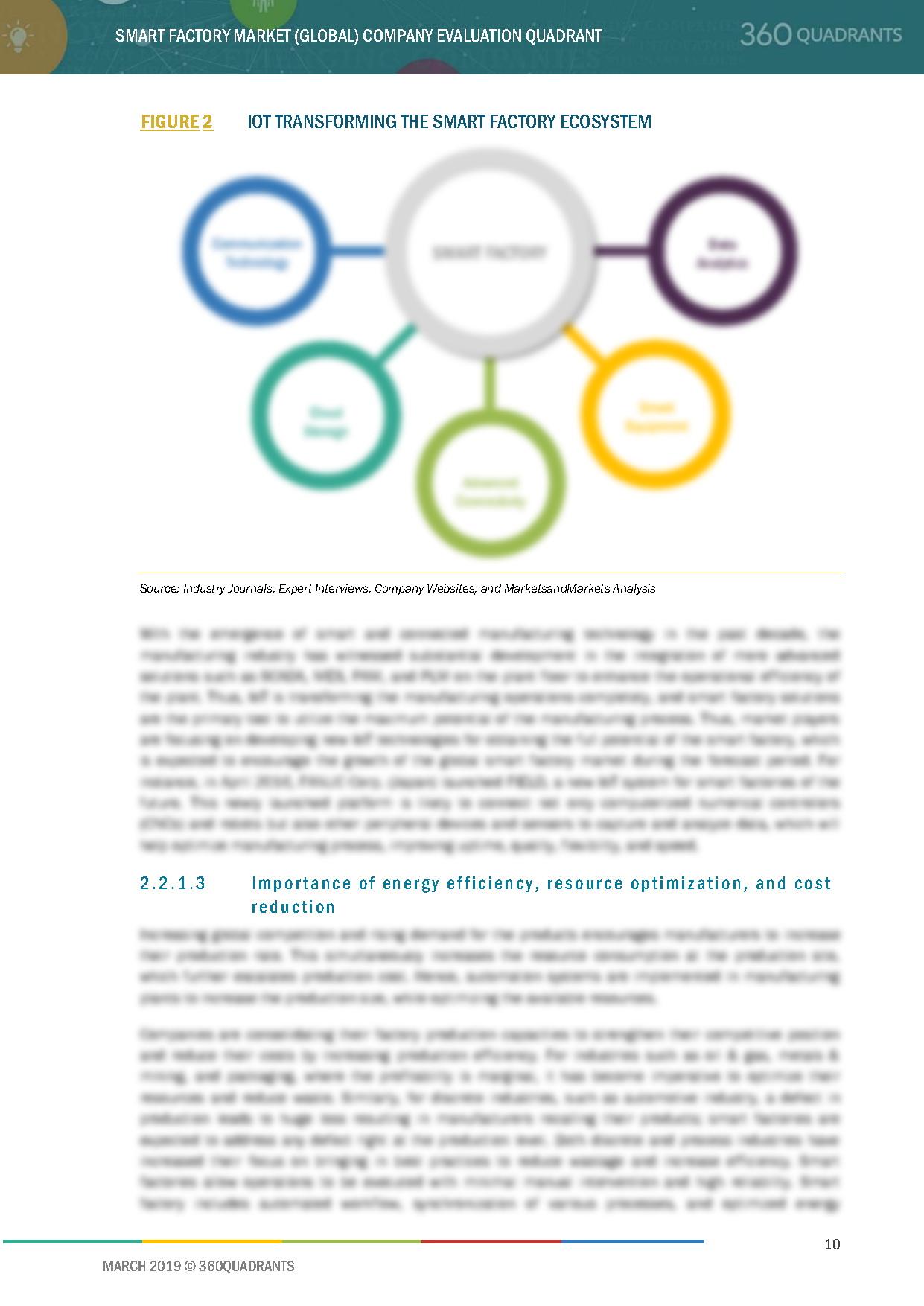
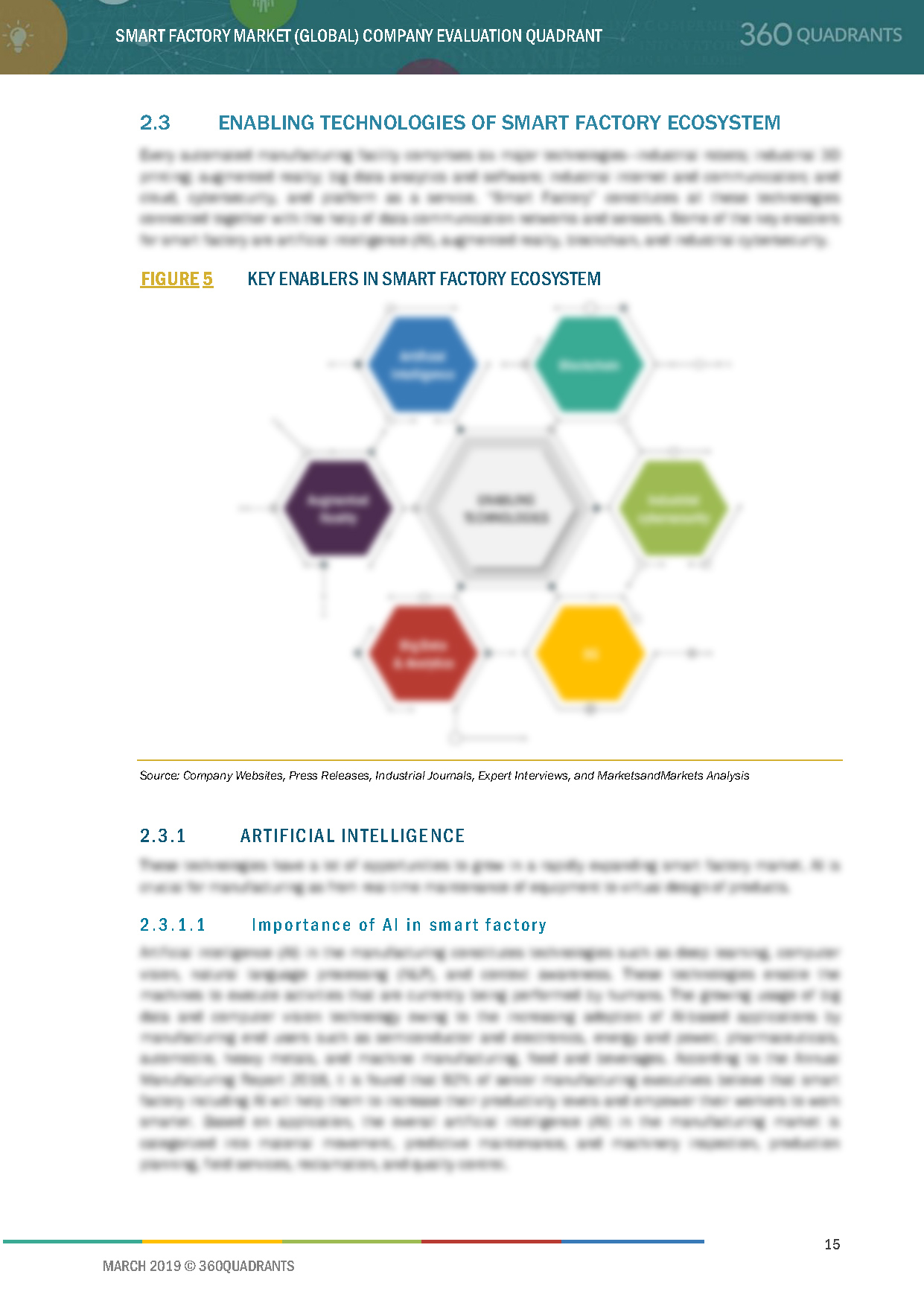
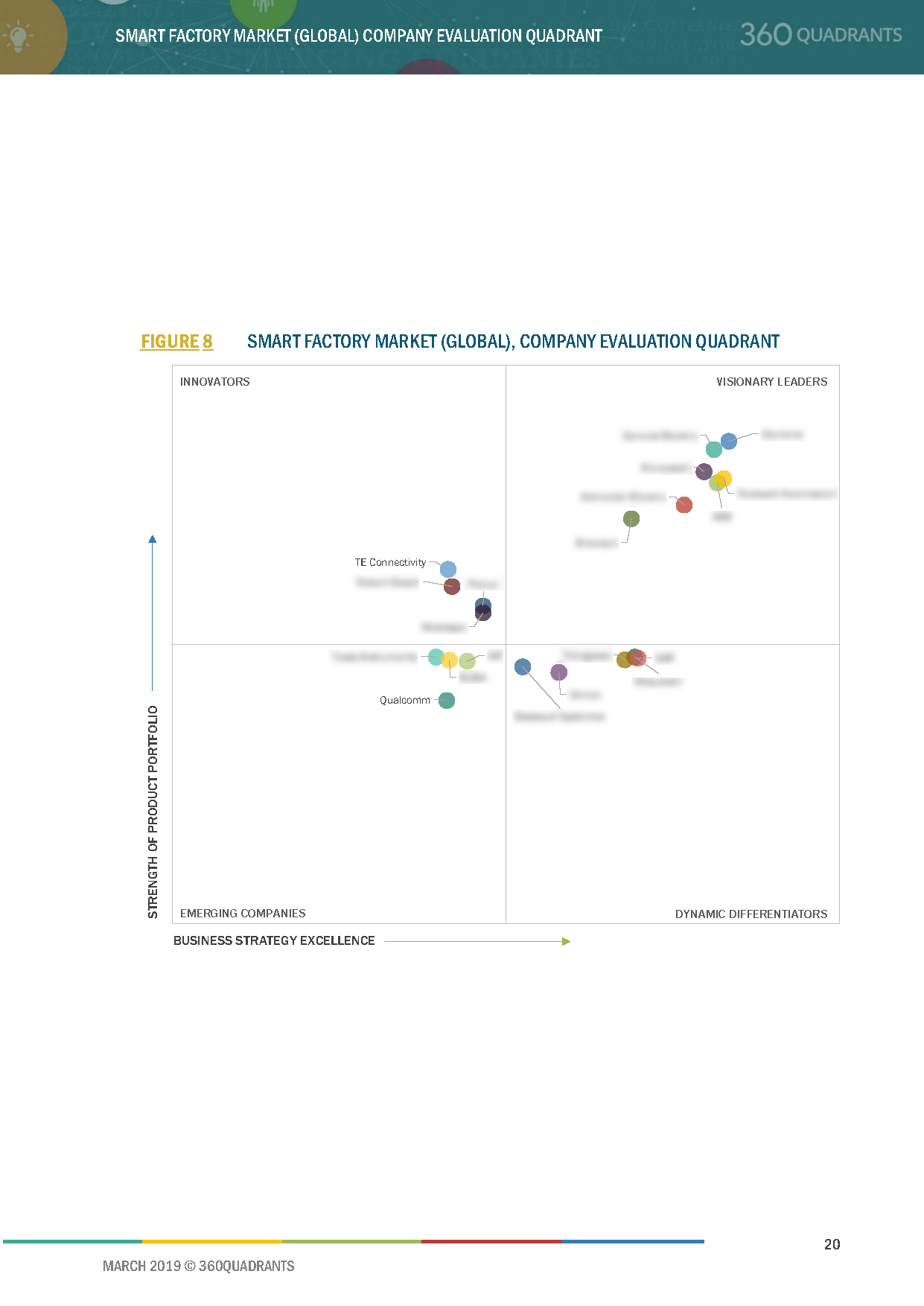
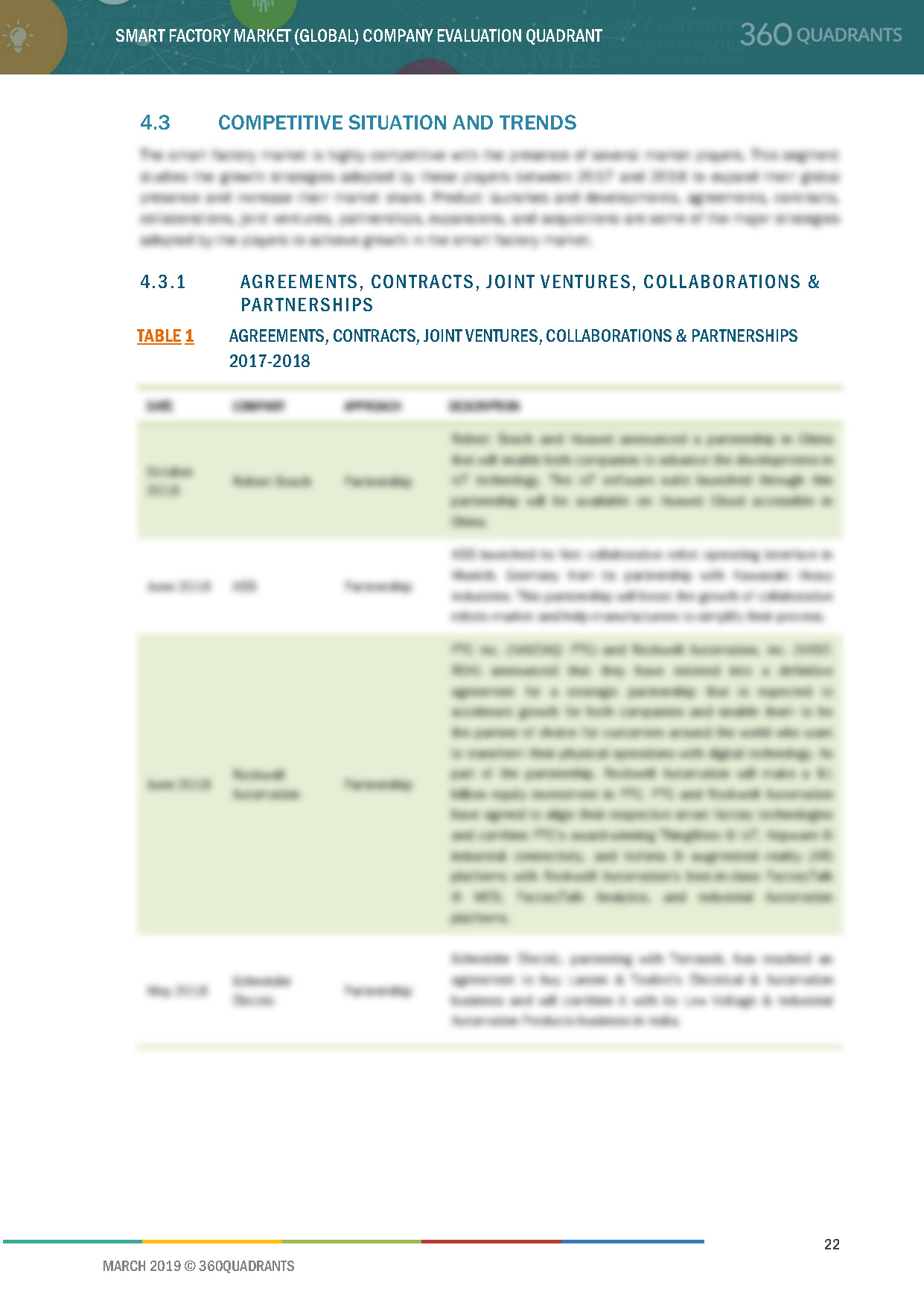
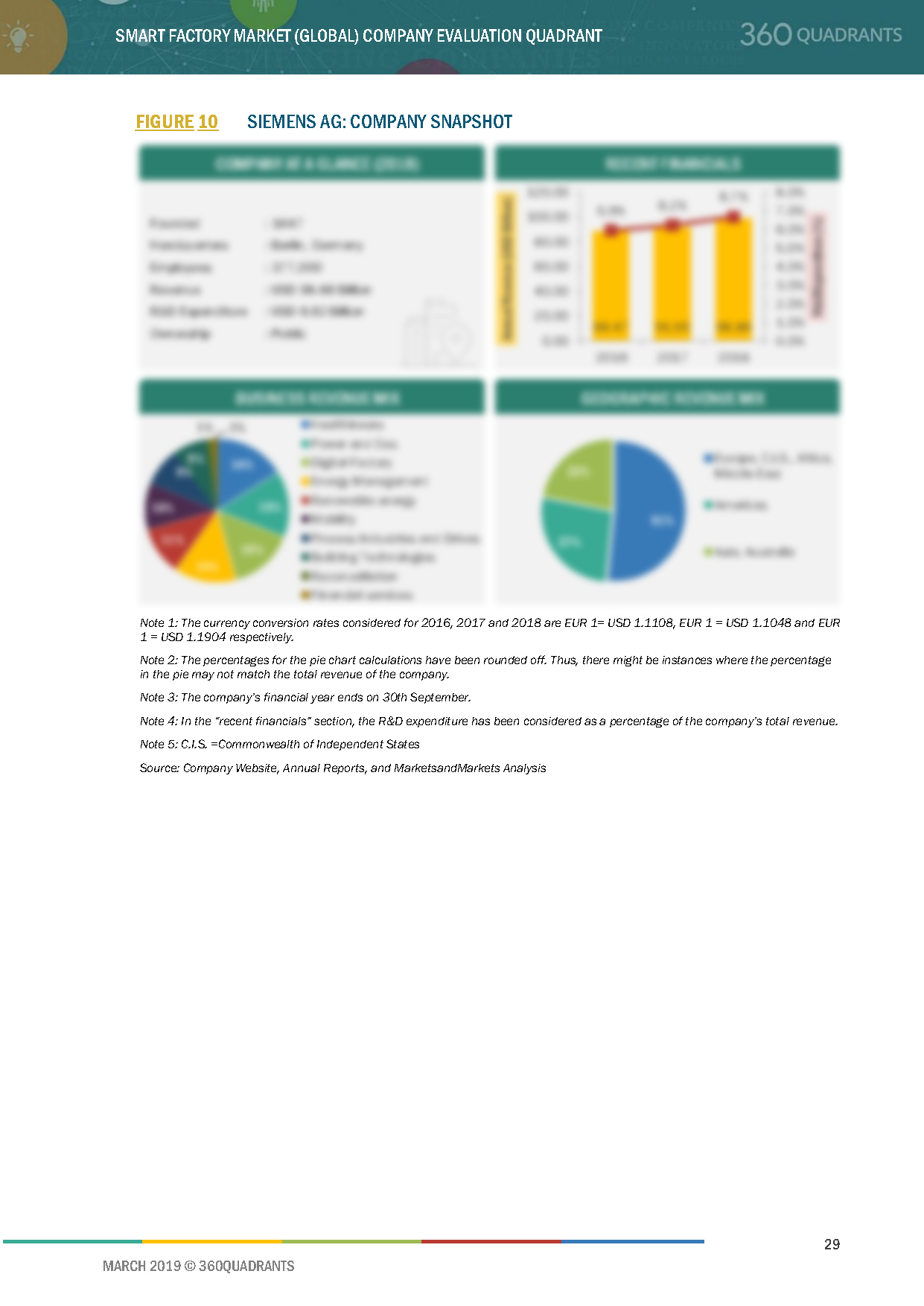
- Updated version of this Quadrant
- Different Company Evaluation Quadrant
- 'Startup Only' Company Evaluation Quadrant
- Region or Country specific evaluation
- Application or Industry specific evaluation ..Read More
- Submit a Briefing Request
- Question about our published research
- Request for evaluation of your organization for specific market
- Request for re-evaluation of Company Evaluation Quadrant ..Read More
